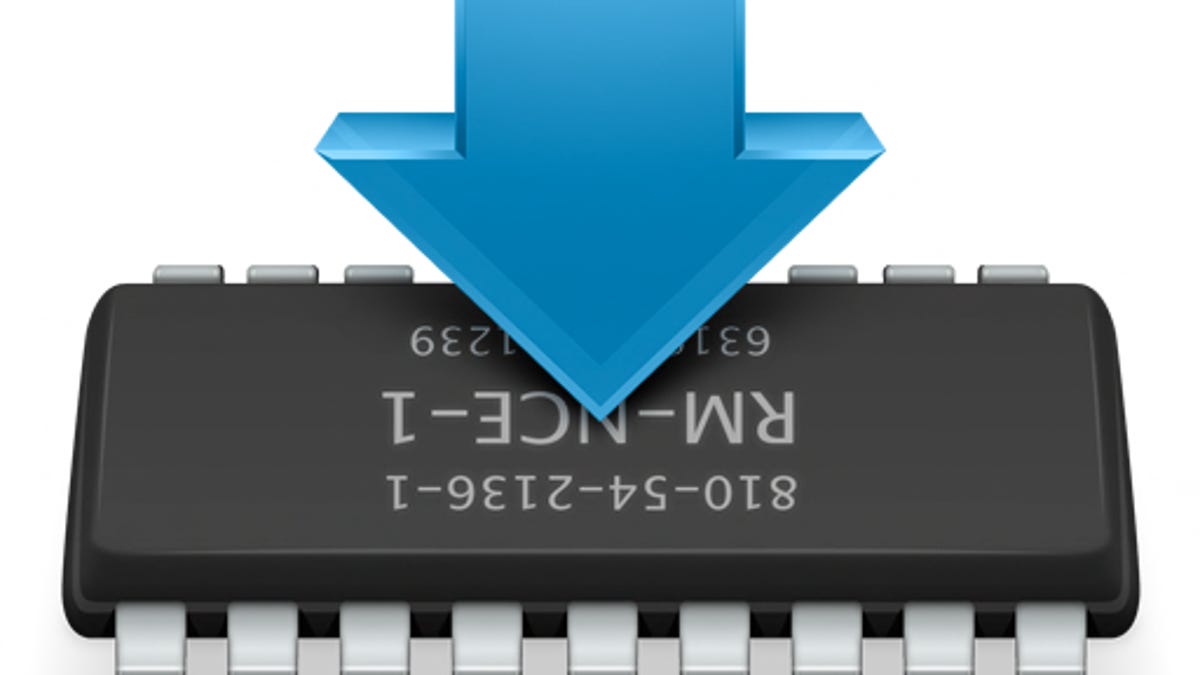Tackle OS X Thunderbolt firmware update woes
If you are unable to successfully install the update or are experiencing problems after doing so, here are a couple of steps you can try.

Last week Apple issued a firmware update for its entire Thunderbolt-supporting Mac lineup, which was intended to address some stability problems when using Macs in Target Disk mode. While the update works as intended for the majority of systems, a few have encountered problems, either applying the update or not being able to recognize Thunderbolt drives after updating.
If you are unable to install the update, you should first make sure that your system is one of the Thunderbolt-based Macs for which the update is intended. While Apple's Software Update service should limit the update's availability only to relevant systems, the company does make its updates available as standalone downloads which can be run on any system.
Thunderbolt and Displayport connectors look the same and Thunderbolt are compatible with DisplayPort protocols, so by eye you might easily confuse them. But Thunderbolt connections will have a little lightning bolt symbol whereas DisplayPort-only connections will have just a rounded square with an arrow.
If the update is not intended for your Mac, then it will refuse to run if you download it manually. However, if you are sure it is intended for your system and it is still not installing (or appears to install but then repeatedly appears in Software Update), then there are several things you can do.
The first is to unplug all peripheral devices (especially Thunderbolt and DisplayPort devices) from your system before running the updater.
Next, remove any residual firmware update files and folders from the following directory on your system (Move the files to the trash, and authenticate to perform these actions if prompted):
System > Library > CoreServices > Firmware Updates
Following this, clear the software update cache on your system. This can be done by opening the Terminal utility and running the following command:
open $TMPDIR../C
In the folder that appears, locate the folder called "com.apple.SoftwareUpdate" and remove it. Then run Software Update from the Apple menu again.
Finally, try using Disk Utility to check your drive for errors, and fix them if found. To do this, launch Disk Utility, then run the "Verify" routine when first selecting the boot volume (i.e., "Macintosh HD") and again when selecting the boot device (listed above the boot volume name). When finished, if you see any errors, reboot to the OS X Recovery HD partition and use Disk Utility from the OS X Tools window to run a repair on the drive and boot volume.
On the other hand, if the update appears to have installed properly and you are not able to mount any Thunderbolt drives or are having other stability troubles with your Thunderbolt devices, then you might try a couple of hardware resets for the PRAM and system management controller, both of which store temporary settings that may alter how the system interacts with your peripheral devices, especially at boot up.
Resetting the PRAM on all Mac systems involves rebooting and then holding down the Option-Command-P-R keys simultaneously immediately after hearing the boot chimes. When the system resets, release the keys and allow the system to boot normally.
The routine for resetting the SMC is more model-specific, and instructions for your specific Mac can be found in this Apple support document.
Questions? Comments? Have a fix? Post them below or
e-mail us!
Be sure to check us out on Twitter and the CNET Mac forums.

